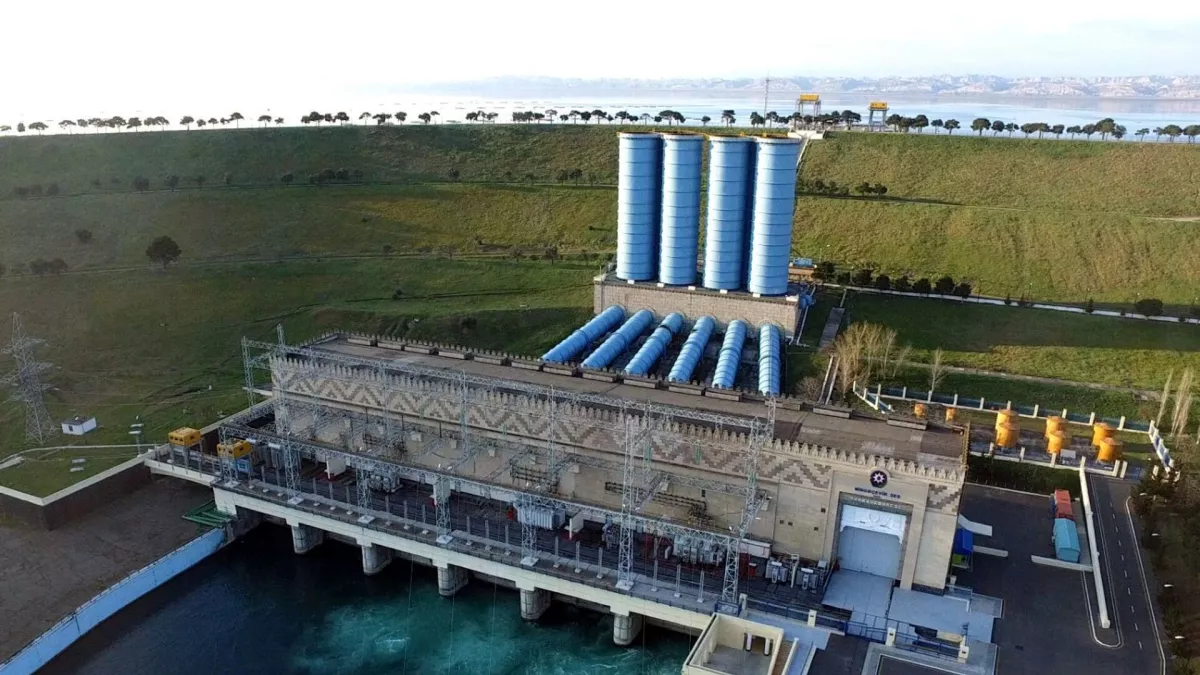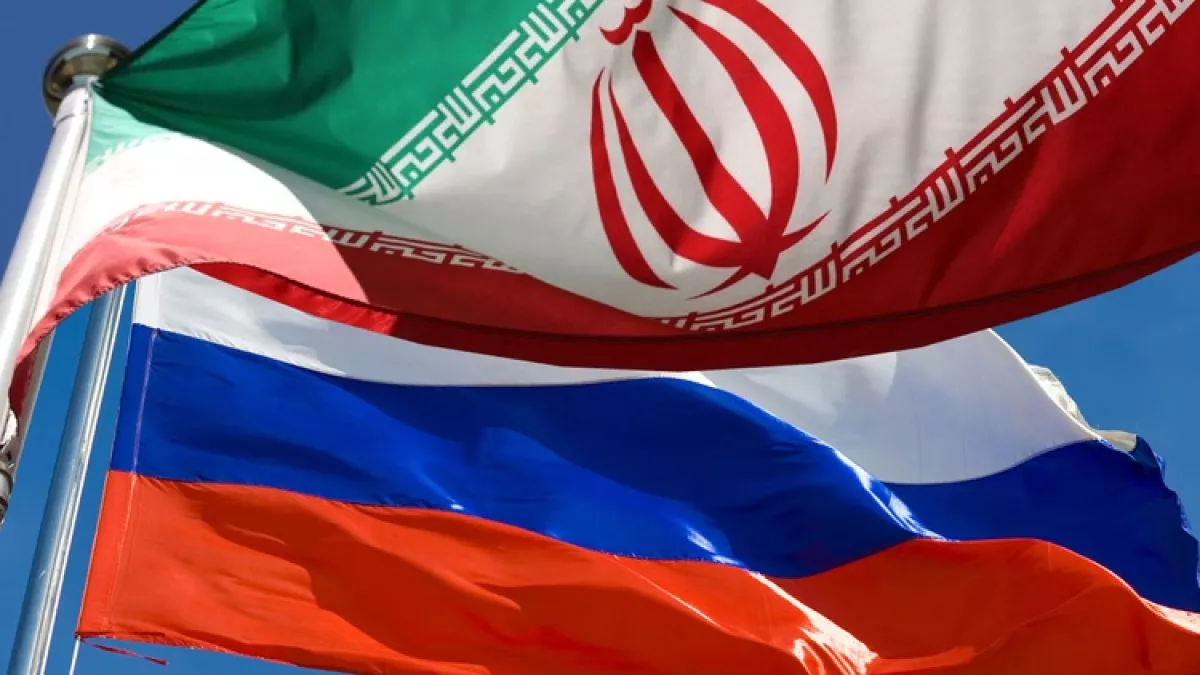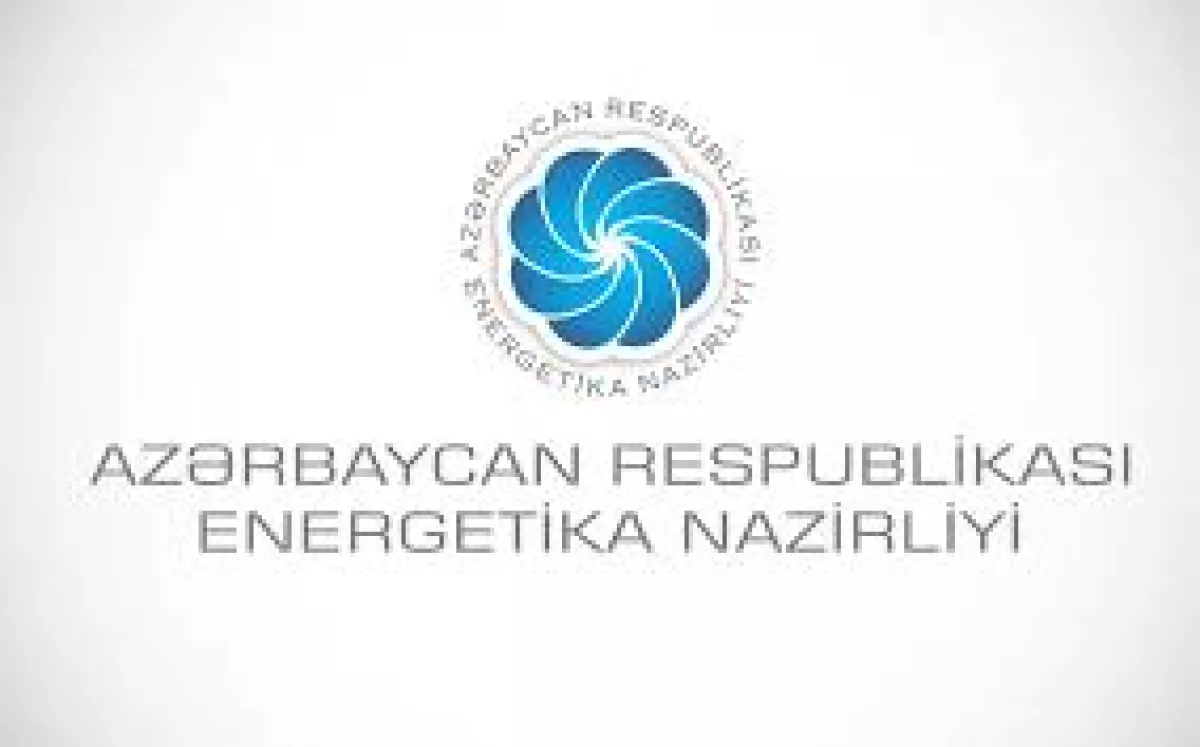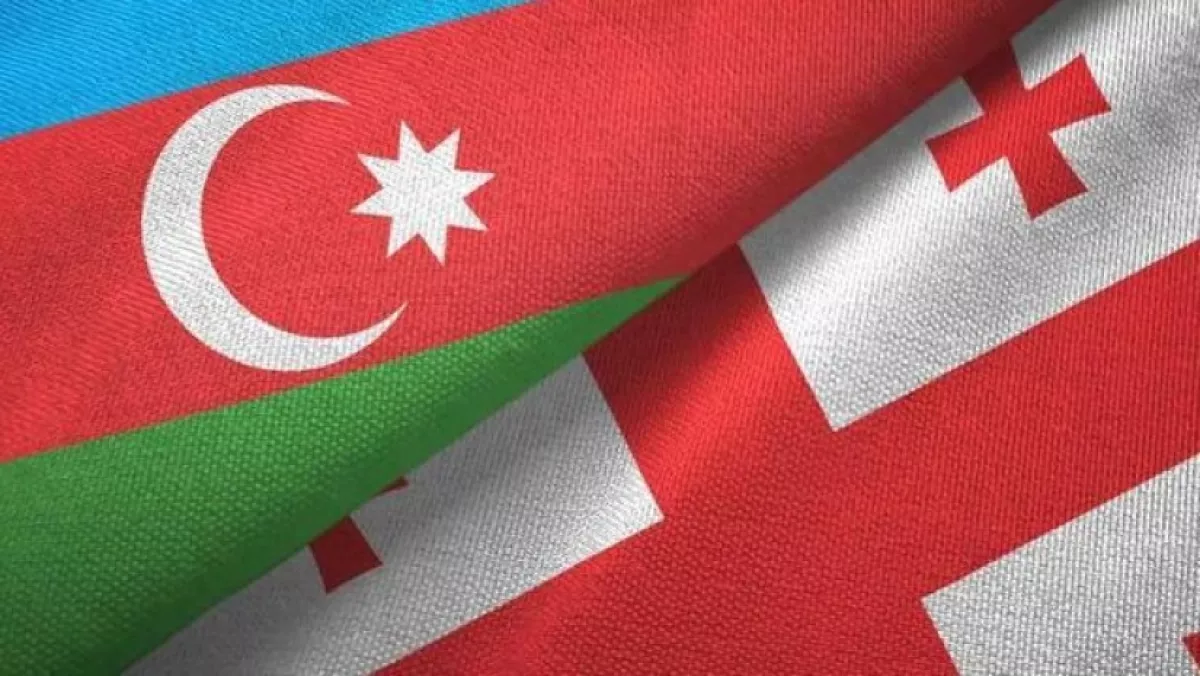Export focus of Azerbaijan’s power system Lighting up Europe
As a country with a surplus energy balance, Azerbaijan in recent years has been modernising its generation and transit infrastructure and expanding its capacity for producing “green” energy. All these steps have enabled the expansion of energy exchange with Iran and Russia, and most importantly — increased electricity exports towards Georgia, Türkiye, and several European countries.
In recent years, these efforts have brought qualitative changes in foreign trade: in the non-oil export segment, electricity has become one of the leading items in terms of monetary value. The only exception was the past year, marked by a noticeable decline in external supplies. However, in the first half of 2025, the downward trend was overcome: the Ministry of Energy recently reported a 60% increase in electricity exports.

Today, Azerbaijan’s electric power system is recognised as the most powerful in the South Caucasus. It is primarily composed of more than twenty large thermal power plants and over thirty hydroelectric power stations of various capacities, the majority of which are operated by the state-owned company Azerenergy OJSC.
Over the past 20 years, Azerbaijan has commissioned more than seventy new power plants with a combined capacity of 4,500 MW. This work has been especially intensive over the last seven years, during which the country’s total installed power capacity increased by an additional 2,676 MW.
Following the well-known blackout incident in 2018, Azerbaijan launched a large-scale modernisation of its major thermal and hydroelectric power plants. Notably, in June 2025, the country commissioned the largest thermal power station in the South Caucasus region — a 1,880 MW facility located in Mingachevir.
At the same time, the throughput capacity and output of substations and power transmission lines were increased, and other components of the energy infrastructure were upgraded.
Over the past four years, a key sectoral trend has been the development of renewable energy sources (RES). Dozens of small hydroelectric plants, as well as solar, wind, and other generation facilities, have been constructed — owned both by the state (via OJSCs) and private investors. As a result, taking into account both RES facilities and thermal power stations, the total installed capacity of Azerbaijan’s energy system reached 8,976 MW in 2025.
Thanks to the gradual expansion of this powerful generation potential, Azerbaijan has remained a net exporter of electricity for nearly seventeen years, reliably meeting domestic energy needs and positioning itself for large-scale energy exports to international markets.

Moreover, in recent years, the structure and geographic direction of Azerbaijan’s electricity exports have shifted significantly. For many years, exports were mainly limited to energy exchanges on a mutual offset basis with Iran and Russia.
In fact, as early as 2015, Azerenergy completed the modernisation of its transmission infrastructure — power lines and substations — towards the west. The resulting Azerbaijan–Georgia–Türkiye energy bridge enabled maintaining supply levels of 700 MW and above.
After overcoming the effects of the 2014–2017 energy crisis, electricity deliveries to Georgia and Türkiye increased dynamically in line with rising market demand and prices. This created opportunities for exporting Azerbaijani electricity to the deficit European market.
This trend began to materialise in May 2019, when Azerenergy, through the Turkish power network, established swap electricity supplies to Greece, Romania, Bulgaria, and Hungary. Although these operations were interrupted during the COVID-19 pandemic, Azerenergy’s Turkish subsidiary, Global Power, later managed to resume swap electricity deliveries to Bulgaria and Greece, with prospects for expanding exports to other Southern European countries in the coming years.
Azerbaijan’s existing generation capacity today more than adequately covers the country’s electricity needs, creating an annual surplus that allows the export of 3–4 billion kWh without any risk to energy security. However, electricity production and external deliveries are closely linked to changing market conditions and several other factors.
For instance, in the past year, Azerbaijan produced a total of over 28.394 billion kWh of electricity, of which more than 1.397 billion kWh was exported. However, unlike in 2023, export statistics showed a more than twofold decline. Experts attribute this primarily to climatic factors: last year, both Azerbaijan and its neighbouring countries — Georgia and Türkiye — experienced a relatively mild winter and a less intense summer, which led to reduced electricity consumption for heating and cooling, noticeably lowering export volumes.
On the other hand, electricity prices are closely tied to gas prices. While energy tariffs in Europe peaked during the 2022 energy crisis, they fell significantly in 2023 and 2024, which was reflected in lower export revenues from electricity.

However, this inertial scenario began to change in the current year. According to data recently published by the Ministry of Energy, in the period from January to June of this year, the country’s power system produced over 12.323 billion kWh of electricity, which is 3.4% higher compared to the first half of last year.
Moreover, during this reporting period, significant progress was made in the foreign trade segment: Azerbaijan exported 709.9 million kWh of electricity, representing an increase of 59.9% compared to the same period last year.
It is still too early to say whether this year’s results will approach the record levels seen two to three years ago, but the overall trend of growing electricity exports can be regarded as positive.
In this regard, Azerbaijan is highly interested in diversifying the geography of its exports and expanding electricity supplies to the larger and more stable European market, with prospects for future expansion into the Middle Eastern market as well.

Significant work is currently underway in this direction: Azerbaijan and Georgia are actively strengthening cooperation in the transit of electricity to the Turkish and European markets.
Specifically, in terms of long-term cooperation with the EU in the field of green energy, on December 17, 2022, Azerbaijan, Georgia, Romania, and Hungary signed a strategic partnership agreement for the joint construction of the Black Sea Energy submarine power cable. This cable will stretch 1,195 km along the bottom of the Black Sea and have a capacity of 1 GW.
Preliminary estimates indicate that the Black Sea Energy project will take 3 to 4 years to complete, and the cable’s capacity will enable annual deliveries of up to four gigawatts of green electricity to Europe.
A key aspect of this project is that negotiations with EU countries are being conducted with a view to concluding long-term electricity purchase agreements, ensuring stable and prolonged cooperation. This is a highly important factor for attracting investments and planning the further development of generation capacity.
The foundation of this project is the current active development of the green energy sector in Azerbaijan: by 2027, the country plans to implement 10 renewable energy projects that will provide around 2 GW of installed capacity and attract investments worth $2.7 billion.
By 2030, based on already signed contracts and investment commitments, Azerbaijan aims to increase electricity generation from renewable sources to 6.5 GW.
In this regard, Azerbaijan is expected to have a substantial surplus of green electricity in the long term, with approximately two-thirds of that volume planned for export.








